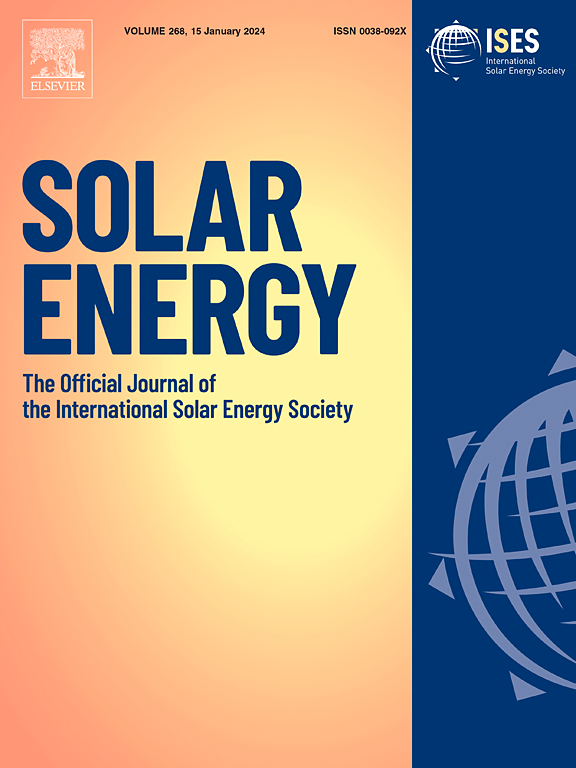在太阳能发电比例较大的德国,夏季低功率生产极端情况更多
IF 6
2区 工程技术
Q2 ENERGY & FUELS
引用次数: 0
摘要
为了实现 2050 年的气候中和目标,德国的可再生能源比例正在不断增加。因此,天气因素导致的可再生能源生产异常会给电力供需平衡带来更大的挑战。本研究调查了目前和 2050 年德国光伏和风力发电装机容量极端事件的季节性差异。研究结果表明,此类极端事件在夏季半年中有所增加,主要集中在五月份。冬季持续 14 天的极低产量与大气阻塞有关,极低的风力发电量异常值高达-37%。夏季极低的发电量与静止的气旋天气模式有关,两种能源的发电量都有类似的下降,最高可达-19%。案例研究表明,跨境输电线路的效益取决于盛行风向。当反气旋从西北方向移动到德国时,南北输电线路会产生效益;而当气旋从西南方向移动到德国时,西-东输电线路会产生效益。这些结果表明,德国未来夏季电力生产极低的风险增加,并建议对能源部门的不同天气模式进行监测。本文章由计算机程序翻译,如有差异,请以英文原文为准。
More summertime low-power production extremes in Germany with a larger solar power share
The share of renewable energy in Germany is increasing to meet the climate-neutral targets in 2050. Weather-driven anomalous in renewable power production thus can pose greater challenges in balancing electricity supply and demand. This study investigates the seasonal differences in extreme events in photovoltaic (PV) plus wind power production in Germany for installed capacities for the present and 2050. The results indicate an increase in such extreme events in the summer half-year, mostly pronounced in May. Extremely low production with a duration of 14 days in winter is associated with atmospheric blocking, with very low wind power production anomalies of up to −37%. Summertime extremely low production is associated with stationary cyclonic weather patterns, with similar reductions in both energy sources of up to −19%. Case studies illustrate the dependency of the benefits of cross-border electricity transmission lines on the prevailing wind direction. North–South transmission lines are beneficial when an anticyclone moved from the Northwest to Germany, whereas West-East transmission lines are beneficial when a cyclone moved from the Southwest to Germany. The results imply an increased risk of extremely low power production during future summers in Germany and suggest monitoring sequences of different weather patterns for the energy sector.
求助全文
通过发布文献求助,成功后即可免费获取论文全文。
去求助
来源期刊

Solar Energy
工程技术-能源与燃料
CiteScore
13.90
自引率
9.00%
发文量
0
审稿时长
47 days
期刊介绍:
Solar Energy welcomes manuscripts presenting information not previously published in journals on any aspect of solar energy research, development, application, measurement or policy. The term "solar energy" in this context includes the indirect uses such as wind energy and biomass
 求助内容:
求助内容: 应助结果提醒方式:
应助结果提醒方式:


